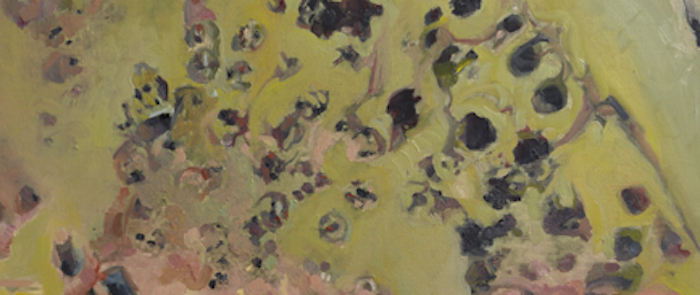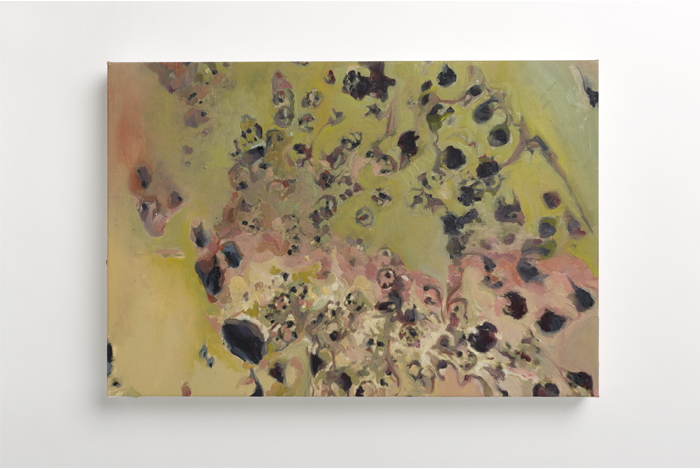
May 19, 2016
On Patience

Can patience be crafted, imposed, designed? In the notable tradition of the French artist Sophie Calle, whose work examines intimacy and trust (and involves following and taking her cues from anonymous people), the artist and filmmaker Miranda July recently introduced an app called Somebody that dispatches strangers to deliver and “perform” messages, literally slowing down and humanizing the “social” in social media.
In a similarly human vein—here gesturing to the bygone days when actual film required both chemistry and patience to render an image—there’s an app called One-Hour Photo that requires waiting a full sixty minutes before seeing the pictures you’ve just taken. (Another app, Authenpic, only permits twenty-four photos at a time and requires waiting a full week before they arrive, printed, in your physical mailbox.) Elsewhere, intentionally flawed color is used to bestow a false history on contemporary picture taking, rendering everything “older” and, by conjecture, more seemingly “authentic.” Certain retro camera apps—from the faux muted tones of the Hip-stamatic to the audible click-whiz of the fake Polaroid—have relegated the whole idea of patience to something so analog it has become the stuff of nostalgia. This, in turn, begs the question: if impatience is indeed a cultural reality, do we consume things differently as a result? Do we design them differently, interpret them differently, remember and record them differently? Do we, in fact, remember them at all?
Jessica Helfand’s book Design: The Invention of Desire, will be published on May 24 by Yale University Press. It is available by pre-order on Amazon. Signed copies are available through the Design Observer Shop.
Observed
View all
Observed
By Jessica Helfand
Related Posts

Business
Courtney L. McCluney, PhD|Essays
Rest as reparations: reimagining how we invest in Black women entrepreneurs

Design Impact
Seher Anand|Essays
Food branding without borders: chai, culture, and the politics of packaging

Graphic Design
Sarah Gephart|Essays
A new alphabet for a shared lived experience

Arts + Culture
Nila Rezaei|Essays
“Dear mother, I made us a seat”: a Mother’s Day tribute to the women of Iran
Recent Posts
Candace Parker & Michael C. Bush on Purpose, Leadership and Meeting the MomentCourtney L. McCluney, PhD|Essays
Rest as reparations: reimagining how we invest in Black women entrepreneurs Food branding without borders: chai, culture, and the politics of packaging Why scaling back on equity is more than risky — it’s economically irresponsibleRelated Posts

Business
Courtney L. McCluney, PhD|Essays
Rest as reparations: reimagining how we invest in Black women entrepreneurs

Design Impact
Seher Anand|Essays
Food branding without borders: chai, culture, and the politics of packaging

Graphic Design
Sarah Gephart|Essays
A new alphabet for a shared lived experience

Arts + Culture
Nila Rezaei|Essays

 Jessica Helfand, a founding editor of Design Observer, is an award-winning graphic designer and writer and a former contributing editor and columnist for Print, Communications Arts and Eye magazines. A member of the Alliance Graphique Internationale and a recent laureate of the Art Director’s Hall of Fame, Helfand received her B.A. and her M.F.A. from Yale University where she has taught since 1994.
Jessica Helfand, a founding editor of Design Observer, is an award-winning graphic designer and writer and a former contributing editor and columnist for Print, Communications Arts and Eye magazines. A member of the Alliance Graphique Internationale and a recent laureate of the Art Director’s Hall of Fame, Helfand received her B.A. and her M.F.A. from Yale University where she has taught since 1994.